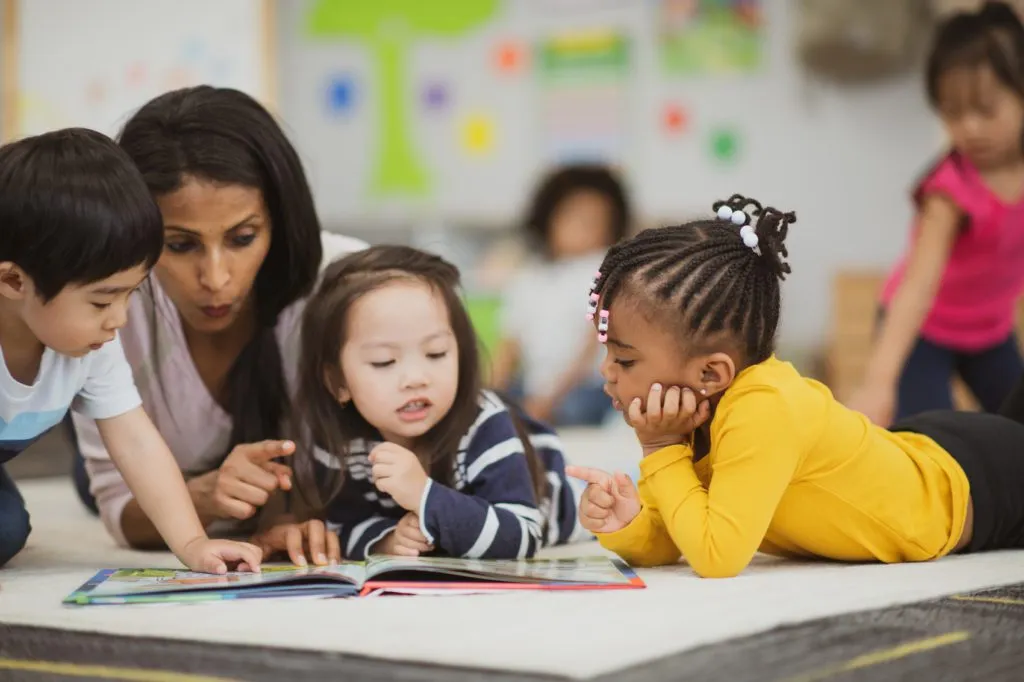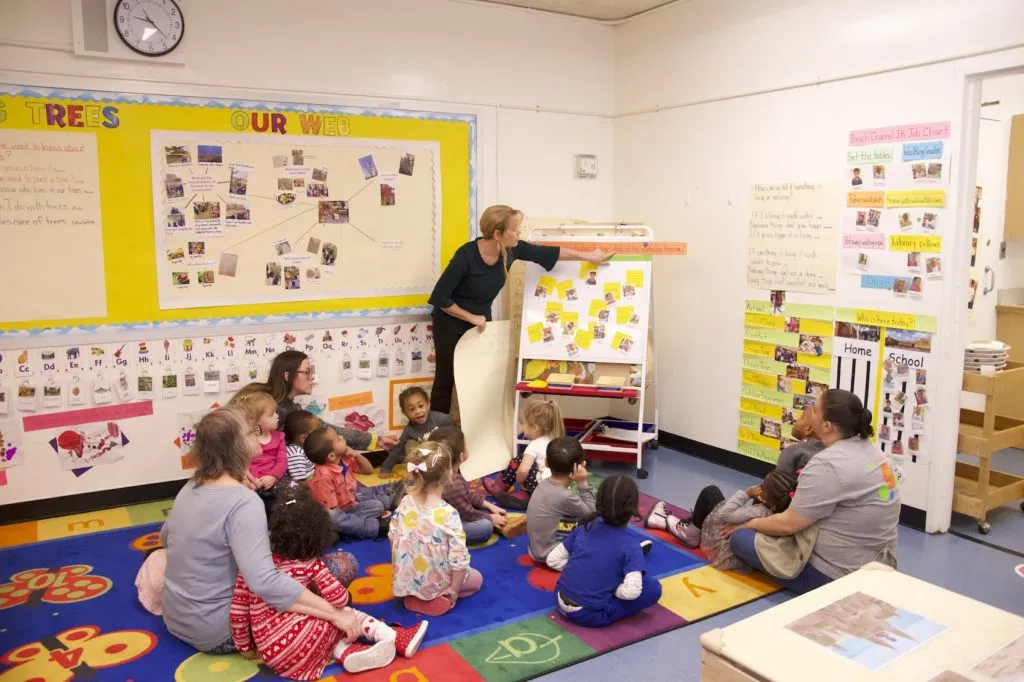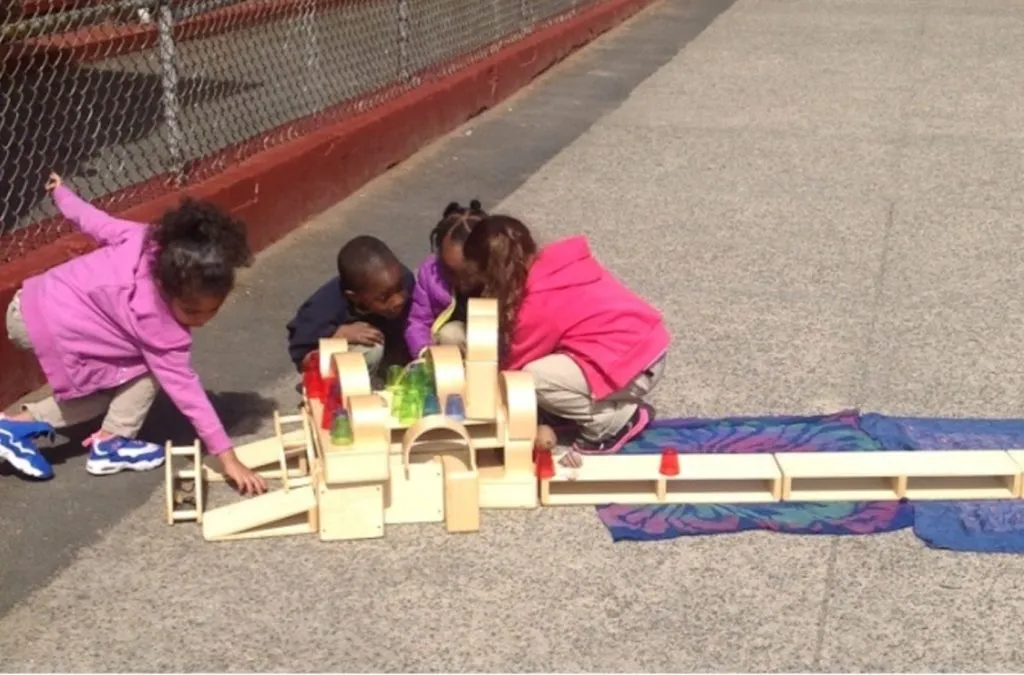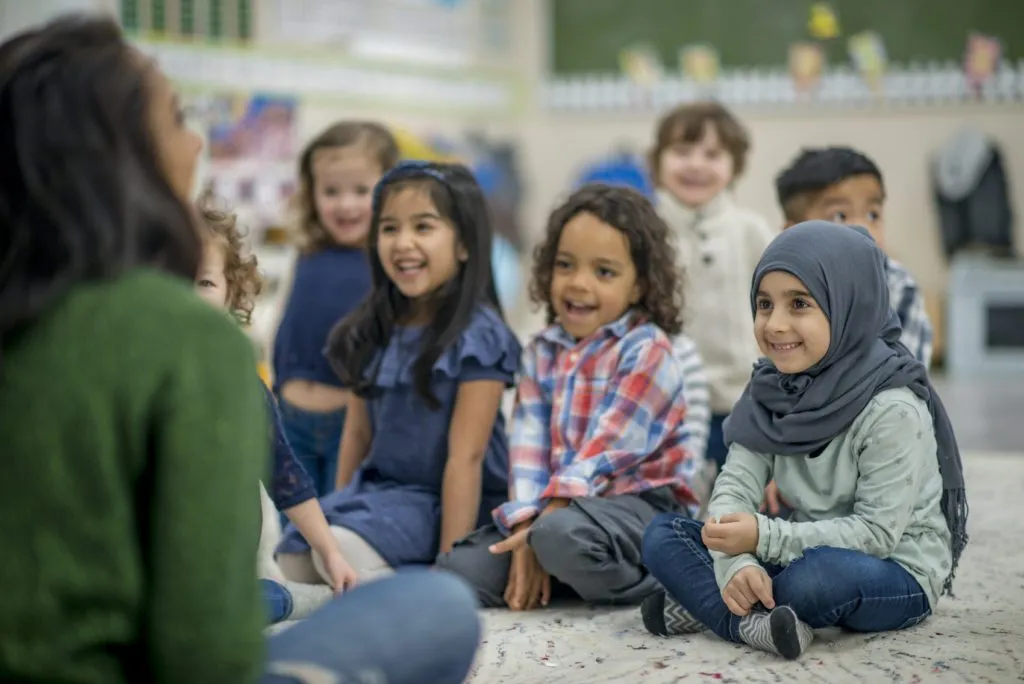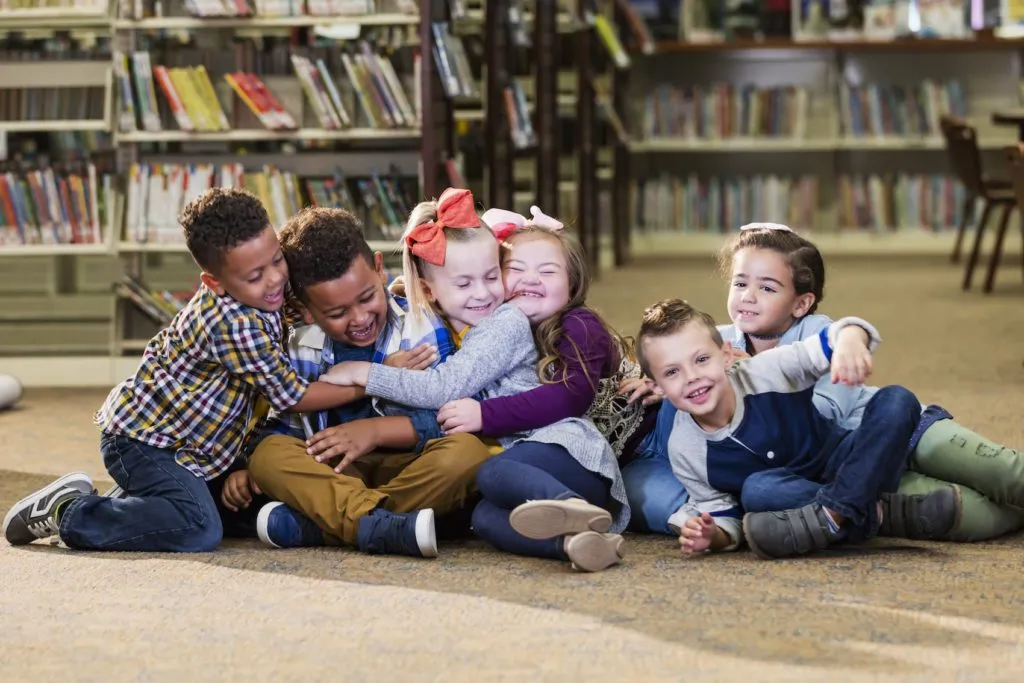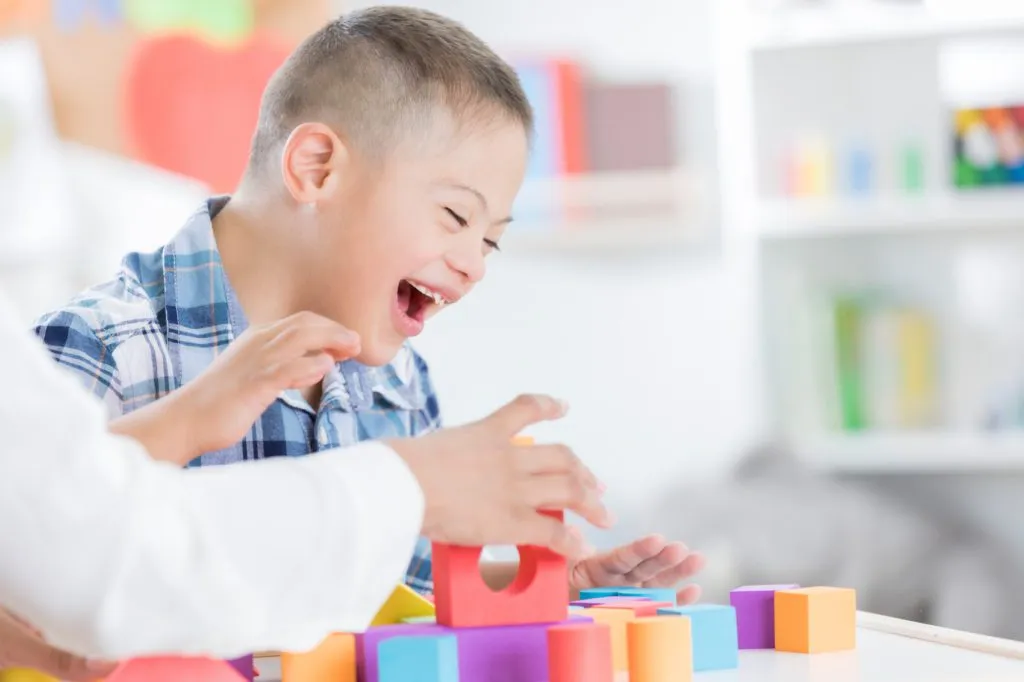Educating the Whole Child: When the Child Is Your Own

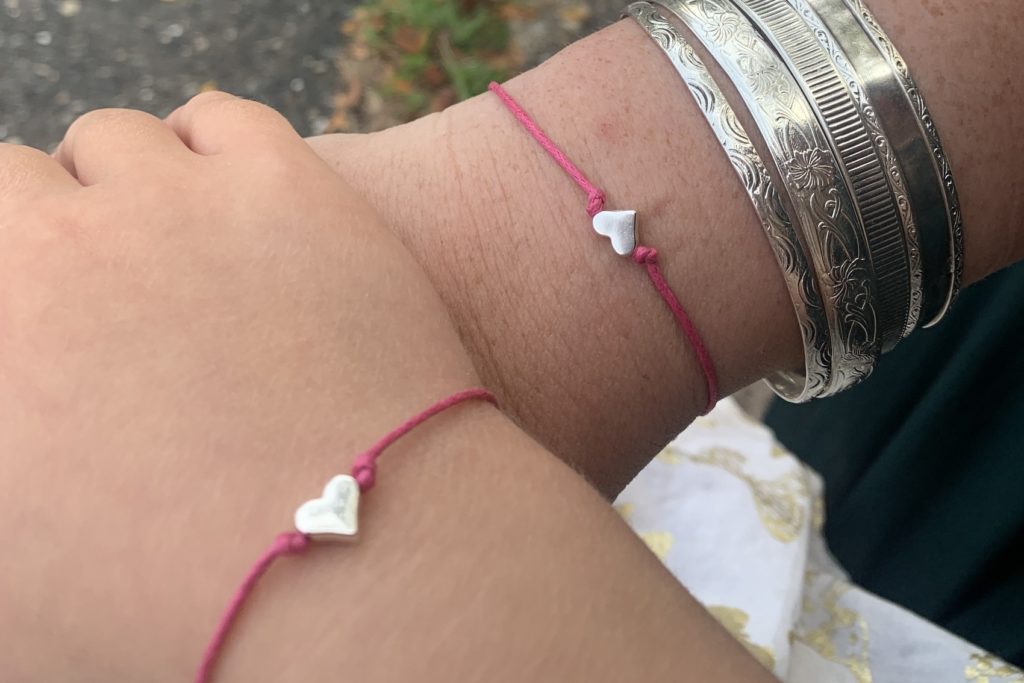
I am the mama of a pretty awesome five-year-old.
Our first and last hour of the day are my absolute favorite parts of being a mama right now. There is this uninterrupted focus for the two of us that I protect in those bookends to our day.
The First Hour
Each morning, during the first hour of our day, we snuggle in bed; check the weather forecast on my phone; and jot down the day’s reminder notes, such as adding toothpaste to our shopping list as we squeeze the last dollops from the current tube.
In that first hour of the day, we invoke knowledge of science (batter becomes pancakes) and social studies (Uncle Travis’s postcard came in the mail all the way from Texas). We use physical skills (manipulating a fork, pouring milk, walking the dog), cognitive skills (recalling a funny joke we heard at the bus stop, planning for the day ahead), and language skills throughout. And don’t even get me started on the social–emotional skills!
Then at 8:30 each morning, now as a kindergarten student, she is greeted by Mr. Reggie as she boards his big, iconic yellow bus, and there is this whole other world she heads off to participate in, where she will learn and grow…without me. (More social–emotional skills demonstrated—and I mean mine!)
The Last Hour
At the end of the day, we get back to snuggles, just the two of us, as we read bedtime stories and lie down together reflecting on the day, sharing what we’re grateful for and something new we’ve each learned.
It’s in these snuggle chats that we often unpack some of the many social–emotional skills needed to navigate the serious business of growing up—the expected nervousness and excitement associated with starting kindergarten as well as the unexpected happenings that remind me of her decision-making skills, empathy, and independence.
The Bookends of Our Day

It’s in these routine moments each morning and evening that, when I take a moment to pause, give me a glimpse into the remarkable human who is growing up right in front of me! These “bookends” of our day say so much about both our story as a family and about her story—the person she has already become and the one she will become.
Even as an experienced educator, as a mother I find that it’s never individual skills I notice and celebrate with my daughter, but rather it’s those moments when I get to see how her mind works to solve a problem, share her thinking, or see something from someone else’s perspective. These are the moments I valued as a teacher and even more so now as a mama.
No one can deny that these elements are what make our work as educators and parents fulfilling. But often as educators, especially in early childhood, we find ourselves needing to defend protecting the space for true whole-child development. It can be hard to articulate and point to when asked to explain to those who aren’t well versed in what to look for. You may not always know how to respond to questions about developmentally appropriate practice, even if you know in your heart that “whole-child instruction and assessment” is the most meaningful and powerful method for supporting young children’s development and learning.
Why “Whole Child?”
Humans write because we have ideas we want to commit to paper—to remember for ourselves or to share with others. We read because we want to learn new things or experience the pleasure of being in a world beyond our own. We add and subtract and multiply and divide because we want to figure out how much: How much will it cost? How much do I need to add? How long will it take? We explore concepts of science and social studies because we live and work and play in a world and in communities that are interconnected and interdependent.
It’s how life works, and it’s how brains and bodies work.
Introducing Our Whole-Child Blog Series
Over the course of the next couple of months, some of my educator colleagues here at Teaching Strategies and I will publish a series of blog posts on what it means to teach and assess children’s development and learning in ways that best align with how they actually demonstrate them as young children—as well as how they will use them for the rest of their lives.
We are calling this our “Educating the Whole Child” blog series. Each blog post will explore an aspect of instruction and assessment in ways that respect and leverage the integrated fashion in which children experience the world. We will provide guidance on best practices and how to explain them to others, as well as some specific strategies from The Creative Curriculum for Preschool foundation volumes and Daily Resources.
We will begin next week with our first post on how to support meaningful, individualized literacy learning in a preschool classroom. We hope you follow along to strengthen your knowledge of whole-child learning and assessment and share with colleagues—maybe even with families.
Meanwhile, you can download a copy of our poster with the 38 objectives for development and learning, in both English and Spanish. Refer to it throughout the blog series to observe, reflect, and respond for yourself and show others the meaningful, powerful learning going on in early childhood classrooms.

An Early Childhood Educator’s Guide to a Whole-Child Approach
For everything you need to know about the whole-child approach, download our free eBook today.
